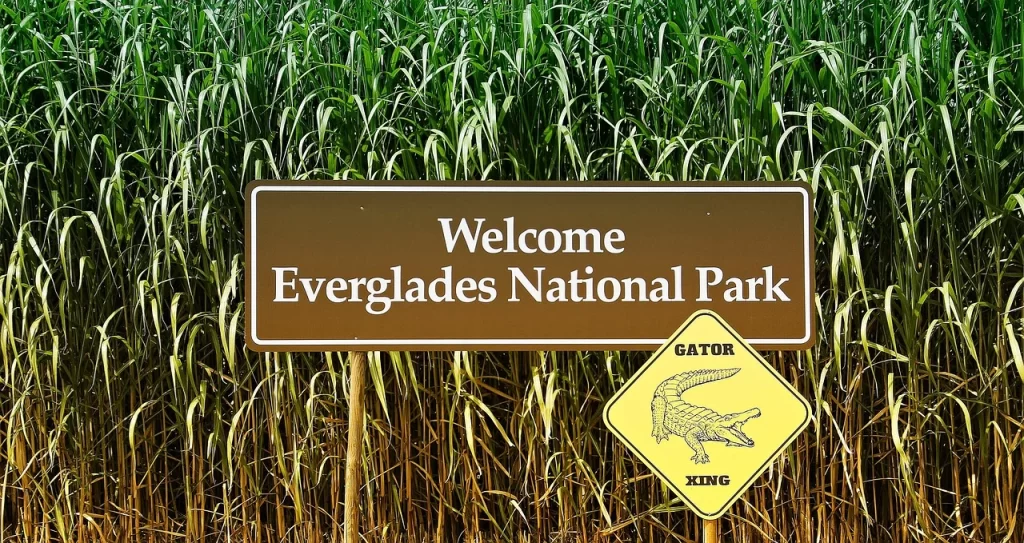
Florida is home to some of the most unique and ecologically diverse national parks in the United States. From vast wetlands to remote islands, these protected lands serve as vital sanctuaries for wildlife, stunning landscapes for visitors, and crucial ecosystems that help maintain the balance of nature. Let’s take a closer look at Florida’s national parks, the species they protect, and why safeguarding these natural treasures is so important.
Everglades National Park, arguably the most notable of Florida’s national parks, was established in 1947. The Everglades is the largest tropical wilderness in the U.S. and the only subtropical preserve in North America. It was designated as a national park to protect its unique wetland ecosystem from drainage and development. This vast network of sawgrass marshes, cypress swamps, and mangrove forests supports an incredible range of species, including the endangered Florida panther, American alligator, West Indian manatee, and a rich diversity of wading birds. The Everglades is also a critical stopover for migrating birds and plays a key role in maintaining South Florida’s water quality.
Biscayne National Park, a popular Floridian tourist attraction, was established in 1980. This park was established to preserve one of the most extensive coral reef systems in the U.S. and the rich marine habitat of Biscayne Bay. Over 95% of the park is water, with mangrove shorelines, seagrass beds, and coral reefs teeming with marine life. Visitors can spot dolphins, sea turtles, manatees, and more than 500 species of fish. The park also protects shipwrecks from Florida’s maritime history, making it a top destination for divers and snorkelers.
Dry Tortugas National Park, another marvel of Florida’s natural world, was established in 1992. Dry Tortugas was designated as a national park to protect its fragile coral reef ecosystems and the historic Fort Jefferson, one of the largest 19th-century forts in the U.S. Located 70 miles west of Key West, this park consists of seven small islands surrounded by crystal-clear waters and vibrant coral reefs. It is an essential nesting site for seabirds and a refuge for sea turtles, nurse sharks, and an array of tropical fish. The pristine waters and historic significance make Dry Tortugas a remarkable place for exploration.
National parks are more than just beautiful landscapes; they are critical to preserving biodiversity, combating climate change, and providing opportunities for education and recreation. Florida’s national parks protect fragile ecosystems that would otherwise be threatened by development, pollution, and climate-related impacts such as rising sea levels.
By supporting conservation efforts, practicing responsible tourism, and advocating for continued protection, we can ensure that these natural wonders remain intact for future generations to enjoy. Whether you’re exploring the Everglades or snorkeling in Biscayne Bay, Florida’s national parks offer an opportunity to connect with nature and witness the beauty of the wild firsthand. When exploring these natural wonders, always remember to leave no trace behind!